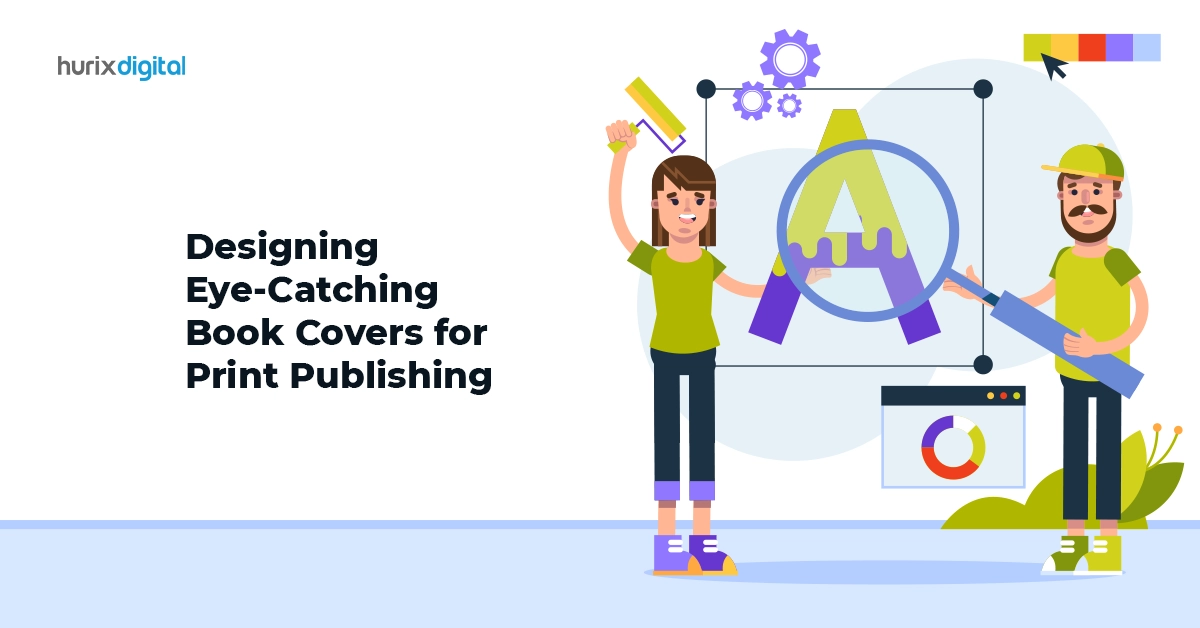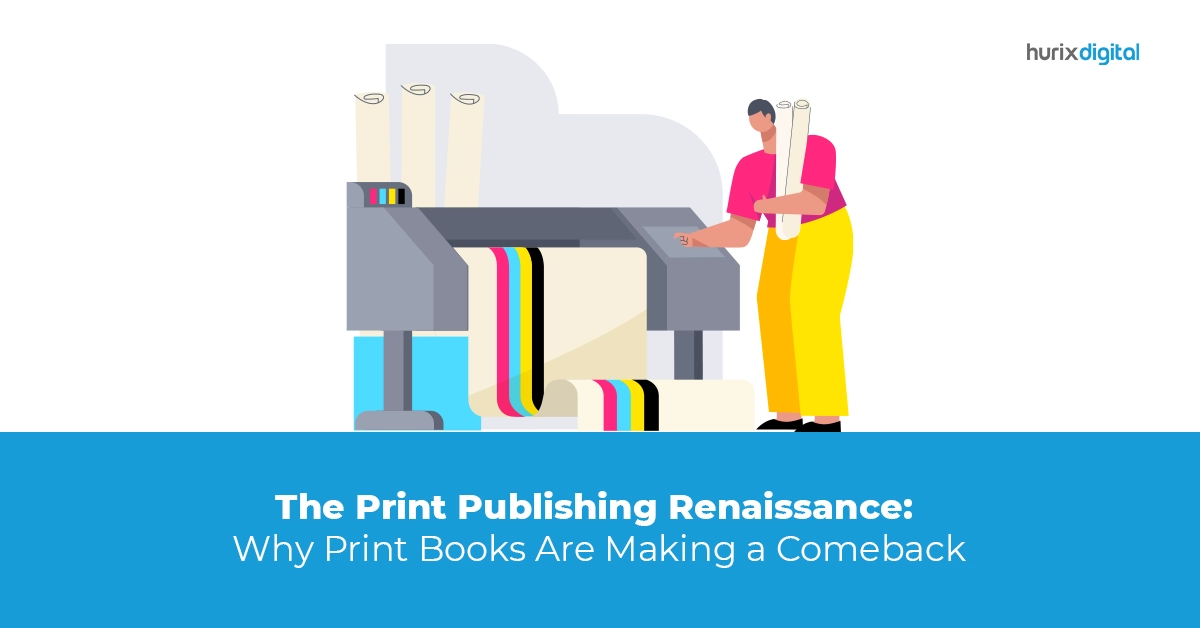Summary
This blog post covers strategies for designing compelling and eye-catching book covers for print books in today's publishing landscape. It discusses the importance of visual appeal, conveying tone/genre, choosing complementary design elements, using bold typography, following essential cover conventions while still being creative, and partnering with professional designers.
With the rise of ebooks and audiobooks, it can be easy to overlook the continued importance of print publishing. But even in 2024, print books remain a major part of the publishing landscape. And for print books, the cover design is one of the most vital elements for success. An eye-catching book cover can attract readers, convey the tone and contents of the book, and help sales.
Table of Contents:
- Five Key Strategies for Designing Compelling Print Book Covers in 2024
1. Focus on Visual Appeal
2. Convey the Book’s Tone and Style
3. Choose Design Elements That Complement the Content
4. Use Bold, Distinctive Typography
5. Know the Essential Design Elements - Conclusion
Five Key Strategies for Designing Compelling Print Book Covers in 2024
1. Focus on Visual Appeal
A book cover needs to make a strong visual impression. With countless titles on shelves and online, the imagery and typography must grab attention. Bold colors, intriguing graphics, and sharp photographs can help a cover stand out. Consider ways to incorporate visual elements that align with the book’s themes and contents. Abstract shapes, symbolic icons, or font styles that reflect the genre all make the cover more enticing. Pay attention to color palettes and font pairings that enhance the visuals. With a crowded market, eye-catching design is a must.
Also Read: Understanding Print on Demand: A Guide for Authors and Publishers
2. Convey the Book’s Tone and Style
Along with visual appeal, an effective cover conveys a book’s tone, style, and genre at a glance. For example, an elegant cursive font might suit a historical romance, while a futuristic sci-fi book could have a sleek sans serif font. Photographs or illustrations should match the setting and subject matter. A mystery novel may have a dark, moody aesthetic while a humorous essay collection could take a more playful, colorful approach. Consider what visual elements will best communicate key aspects of the book. The cover is a chance to let readers know what to expect between the pages.
3. Choose Design Elements That Complement the Content
When brainstorming cover options, it helps to carefully consider how design choices relate to the actual content. The imagery, typography, colors, and other visual components should align with the book’s themes and narrative. For example, a biography of a famous musician could incorporate relevant instruments in the graphics. A fantasy novel may showcase mystical, otherworldly scenery. Sometimes simple and symbolic representations are most effective. Select design elements that thoughtfully complement what’s inside the book rather than just making the cover look pretty.
4. Use Bold, Distinctive Typography
No book cover design is complete without strong typography. Along with eye-catching illustrations and photographs, the font and text layout should be clear and bold. Consider font styles and sizes that perfectly suit the book’s genre and tone. Creative lettering that aligns with themes can make the title really pop. Don’t overload the cover with competing text elements. The title and author name should dominate, with minimal additional text like praise quotes or the publisher logo. Make sure the typography is legible both up close and from a distance. Distinct fonts go a long way in making a cover memorable and effective.
5. Know the Essential Design Elements
While there is room for creativity, book covers typically share certain standard elements. This includes the full title and subtitle formatted boldly and prominently. The author’s name also needs a place of prominence, often on the top half of the cover. Other text like the publisher logo and descriptive praise is secondary. Somewhere on the back, include a summary teaser, author bio, ISBN barcode, and price. Spines follow precise specifications for width and text orientation. Being mindful of the essentials provides helpful guidelines while still allowing for innovation. Combining vital design elements with creative visuals makes for eye-catching, professional covers.
Also Read: 10 Pre-Press Tips for Effective Print Publishing
Conclusion
In the world of print publishing, a book’s cover remains one of its most valuable marketing assets. Following current design trends while also leveraging timeless strategies for visual appeal and effectiveness is key. A great cover immediately piques interest and stays memorable after many books have been browsed. It reflects themes and content while showing off the author’s unique voice. With competition fiercer than ever, books truly need covers that catch the eye if they are to succeed in print. Partnering with professional designers skilled in book cover creation can help independent authors craft the eye-catching look their book deserves.
Hurix Digital offers end-to-end design services to create stunning covers that capture attention and perfectly represent your book. Their experts help authors nail down the look and feel that aligns with their brand and target readership. With their help, you can gain an edge and leave a lasting impression. Contact Hurix Digital today to learn more about designing winning book covers that captivate readers.








